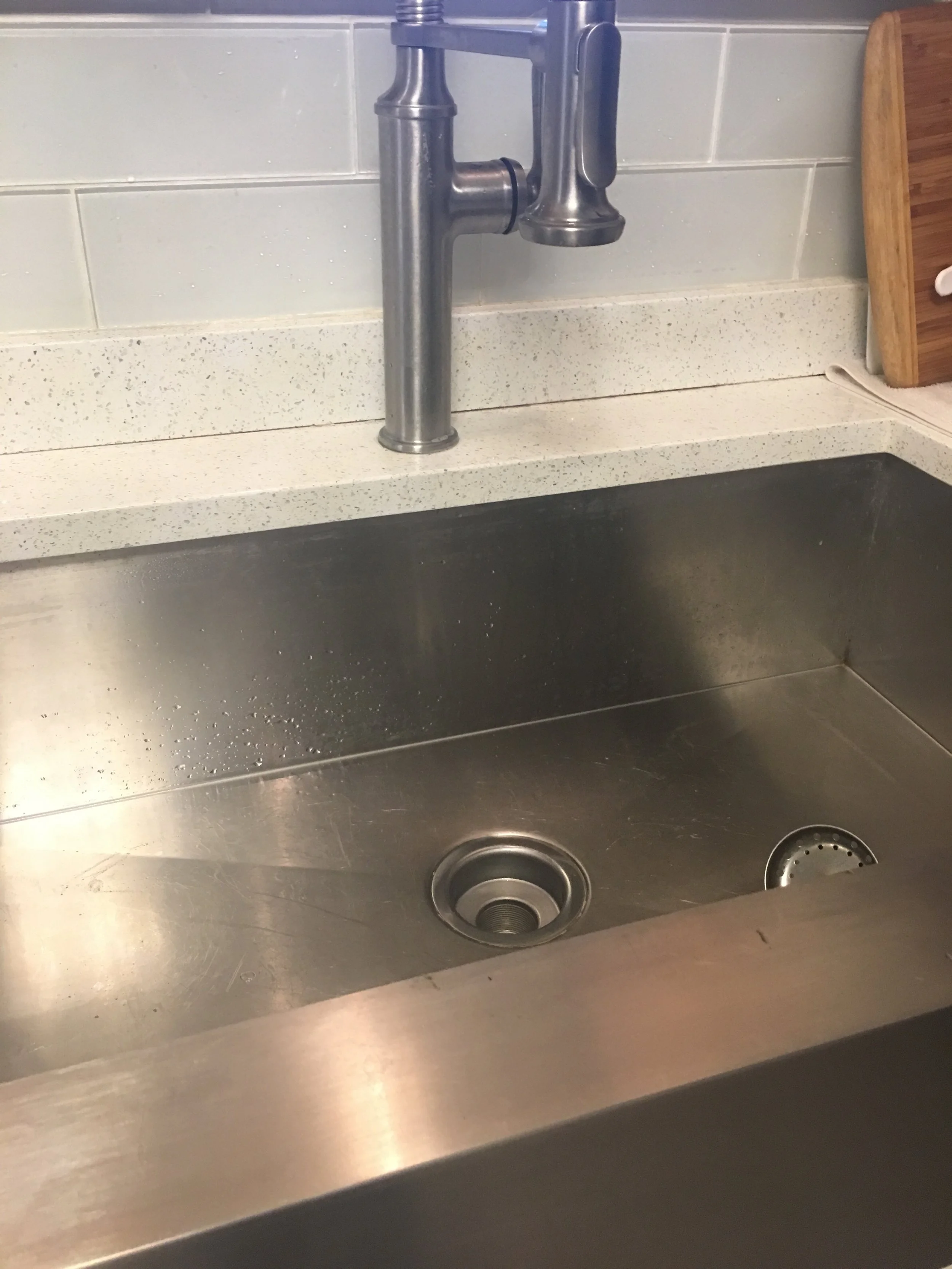How To Maintain Drainage Systems
A home’s drainage system is an important part of its structure. Ideally, drainage systems should be installed properly using high-quality materials during the construction period. However, there are times when contractors fall short and instead of using high-quality pipes and coatings, low-standard materials are used to cut down on costs.
You don’t need to be an expert to know if your drainage system was done perfectly. If it was done shabbily, you’ll notice that over time you will see leaks on your sink, floors, and even walls. If you are experiencing this, then there is no need to panic because there are ways for you to fix it with or without professional help.
1. Trace where the leaks are coming from
Before you assume that you have defective pipes or sinks, first know where the leak is coming from. Chances are the leaks can also come from behind the walls because the pipes pass that area. You can also check the cabinet beneath the sink. If the leak comes from the pipe connecting the sink, then you can assume that that pipe needs repairing.
2. Replace all defective parts
Now that you know that there’s a leak in a pipe or an O-ring starts to drip, don’t try to repair them. Instead, buy a high-quality replacement so you don’t have to repair it often. Some people think that repairing damaged parts with epoxy or coating is cheaper; however, it could prolong the life of your pipes only for a short amount of time. It’s always better to replace defective parts immediately.
3. Insulate pipes
Insulating pipes means covering them with a coating that can keep the warmth inside the pipes. When the winter season arrives and there is no running water passing through them, the pipes can become brittle which makes them break easier. That’s why it’s advisable to have running water whenever the cold season comes.
4. Renovate defective drainage systems
When all else fails, you have to resort to renovating your drainage. This sounds easier said than done because a complete renovation of your drainage means that certain structures would be torn down to make way for new pipes hidden behind or in between walls.
Plumbing Tips for Beginners
While the previous tips often require a professional to do it, you can fix leaks at home with these simple reminders:
- Use a bucket to hold your tools. This is also a good way to catch water when it flows.
- Use a plunger for clogs in your toilet or sink. Using plungers is the most common way to remove clogs because it is also the cheapest.
- Turn on faucets to check for leaks when you’re done repairing. This will help you know if there are still parts that need to be fixed.
Leaky drainage should not be a big problem because there are DIY methods that you can do when you notice leaks and damages on your pipes and sinks. If there are cases that the problem escalates, you can always contact a plumber or an expert at repairing or renovating damaged drains.
Guest Contributor, Eva Semon


